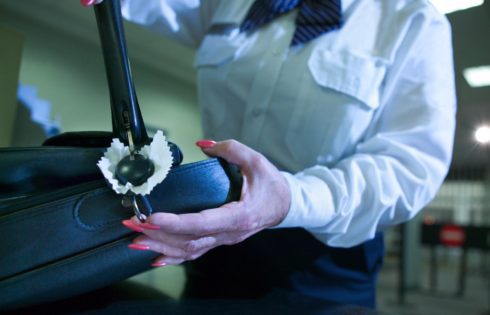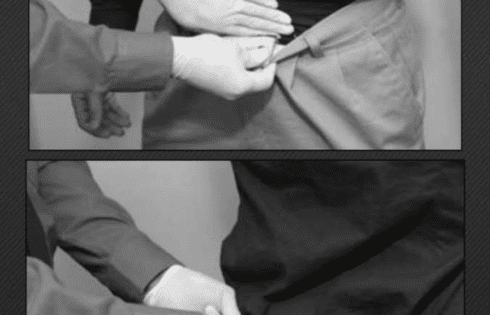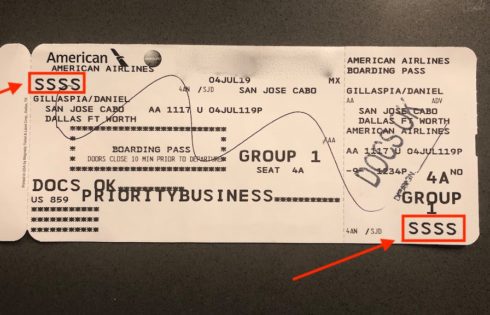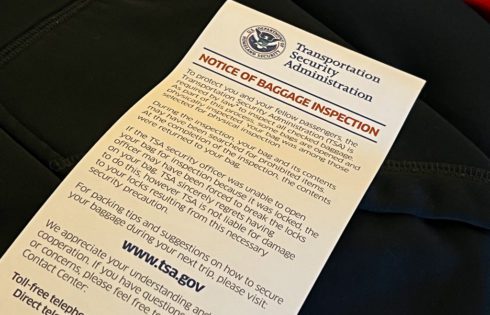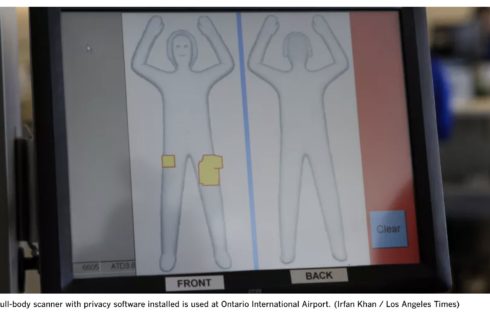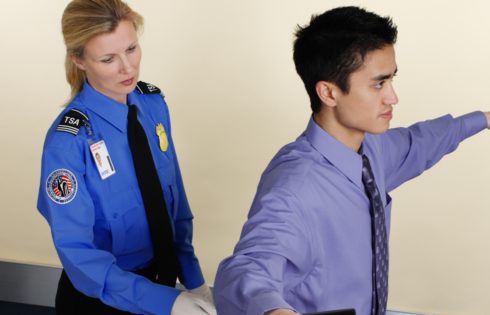
Here’s How Much TSA Can Fine You if You Bring a Prohibited Item Through Security
You’ve probably heard of TSA fining people for bringing certain prohibited items through airport security. But how does that process actually work? Can TSA really slap a fine on you


